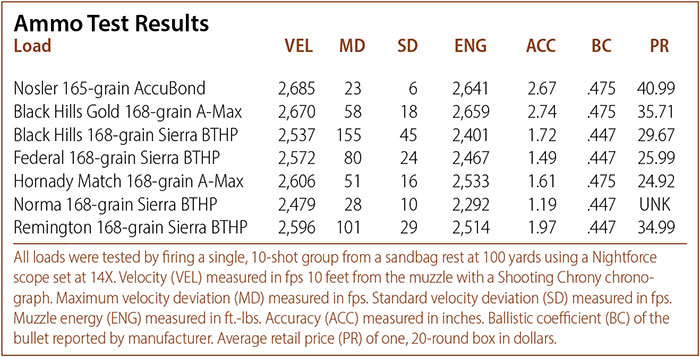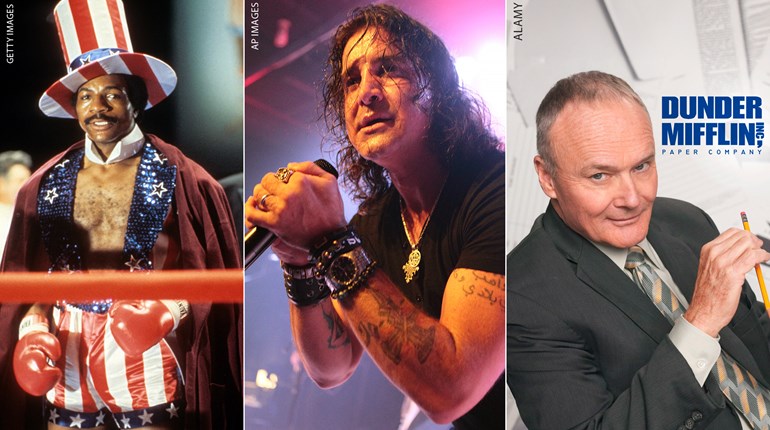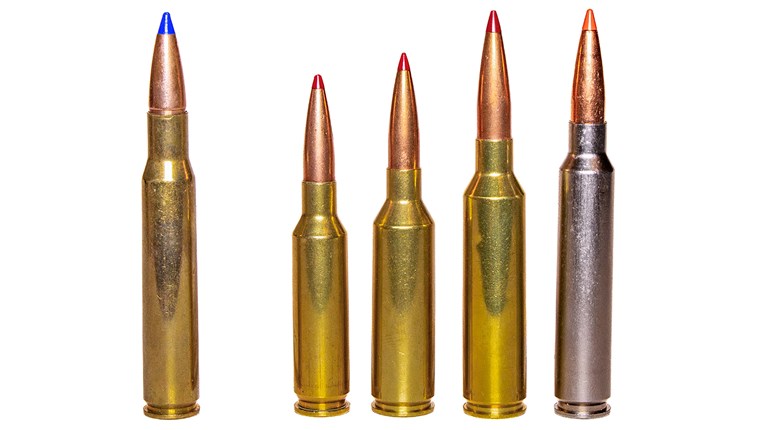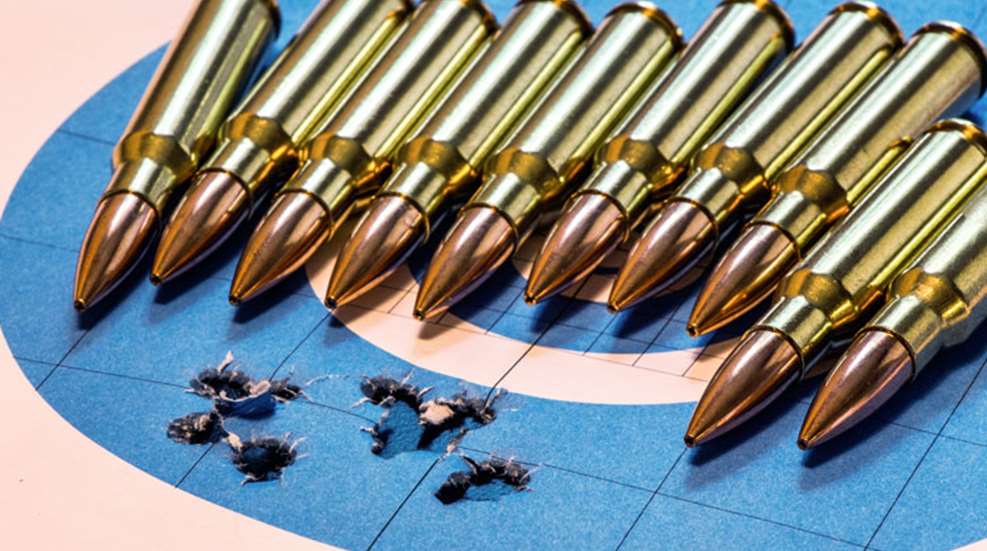
We’re seeing a new trend emerge in the shooting world. It seems everyone wants to get their tactical groove on and shoot little groups at long range. The .308 Win. is the most-popular cartridge for this endeavor and we have an abundance of factory match-grade loads to choose from. I found an online retailer that listed 47 different match loads for the .308 Win.
Interestingly, there’s no standard definition for “match” or “match grade” in the ammunition industry. It generally means a target-type bullet is used and the variances for the bullet, brass and the assembly of the ammunition components are held to tighter tolerances. In theory, when this is done the ammo should provide greater precision in the form of tighter groups and smaller deviations in velocity.
My ammo shelves are full of all sorts of ammunition kept on hand for testing firearms. I got a wild hair the other day and selected six match loads for the .308 Win. from five different manufacturers. All six match loads utilized a 168-grain bullet of some sort. I conducted a test that consisted of firing one, 10-shot group, from a sandbag rest, at 100 yards, with the velocity of every shot being recorded.
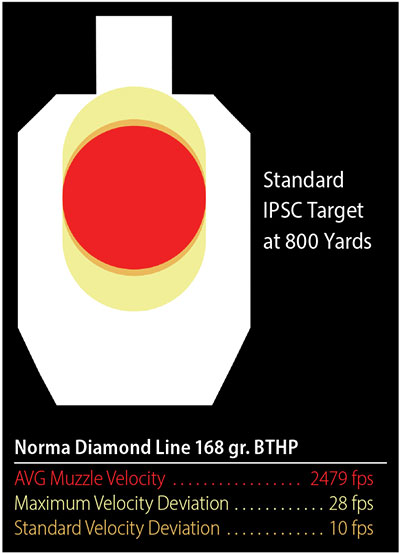
To make it more interesting, I used one of the least-expensive tactical rifles I could find; a Remington Model 700 SPS Tactical AAC SD with a 20-inch barrel. This rifle has a suggested price of only $842, with street prices closer to $660. To eliminate the optical variable, I used the best scope I had on hand, which was a Nightforce ATACR 4-16x42 mm. It retails for about $2,300, or three-and-a-half times the price of the rifle. I also fired each 10-shot string without time for the rifle to cool, but the barrel was cooled with an air compressor following every 10-shot group.
Before discussing my findings, understand every rifle is its own mystery. Some like some loads and dislike others. Just because a load shoots great from one rifle doesn’t mean it will drive tacks out of another. Secondly, on a good day I can shoot nine out of 10 shots from the bench with decent precision. If I could do it 10 out of 10, I’d be famous. I’m not. So, as much as I tried to eliminate variables, the results were influenced by my shooting skill.
Hundred-yard groups represent the natural dispersion of shots from a central point-of-impact. For the most part, velocity variations have no effect on group size or shape at that distance. This is easy enough to see when you compare group size to the standard velocity deviation; there is no reliable correlation. However, the most-accurate load did have very consistent velocities, and at longer distances this matters. The Norma Diamond Line load has repeatedly proven to be one of the best-shooting .308 Win. loads I’ve seen. Sadly, this stuff is about as rare as unicorn horns and troll drool—so we’ll ignore it. But, if you see it on a shelf, buy every stinking box and don’t worry about the price.
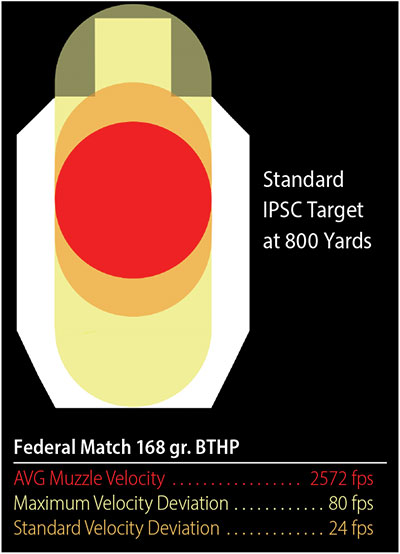
Hypothetically, a load shooting a 1.49-inch, 10-shot group at 100 yards will shoot an 11.92-inch, 10-shot group at 800 yards. The group size should increase proportional to the range. However, if that load has a maximum velocity variance of 80 fps, you can see a plus or minus 9 inches in vertical dispersion over a 10-shot string. Such is the case with the second-most accurate load tested, which was from Federal. That’s a big deal when you’re shooting at a man-size target. Fortunately, a more realistic variance would be the one represented by the standard velocity deviation. This reasonably expected variance could still deliver a vertical dispersion 3 inches above or below the anticipated 11.92-inch group. The third-most accurate load produced a 1.61-inch group at 100 yards. This—hypothetically—would equate to a 12.88-inch group at 800 yards.
Based on the 100-yard groups you would probably choose the Federal load. But, if you look at the potential for a vertical dispersion—based on velocity variation—at 800 yards of only plus or minus about 5 inches, the Hornady load is the better option. This is partly because the Hornady 168-grain A-Max load delivers more consistent velocities, but also because the bullet has a higher BC (0.475 compared to 0.447 for the BTHP Sierra MatchKing). When it comes to trajectory and wind resistance, time-of-flight matters. A higher BC reduces time-of-flight, thus reducing the amount of time gravity and wind acts upon a bullet.
Sometimes you need terminal performance and the ability to shoot through ridged barriers. That’s why I included the Nosler 165-grain AccuBond; its accuracy isn’t equal to most match loads, but it will hold its own out to about 400 yards.
Expect to pay about $1.50 every time you send a .308 Win. match round down-range. You might get lucky though—in this test, the most-accurate load (you can find on shelves) was the least expensive.
